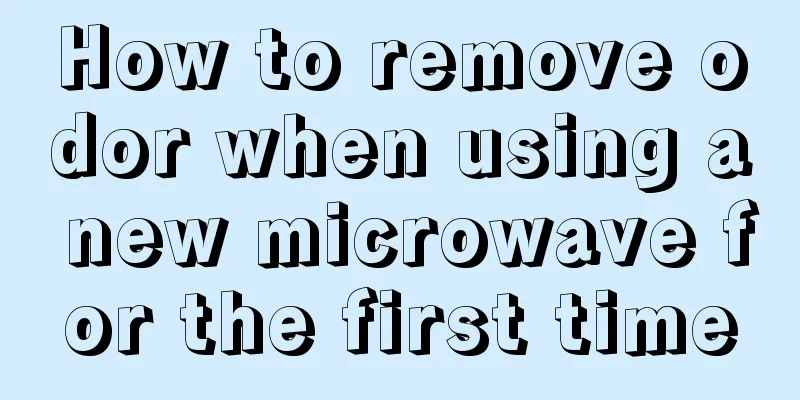How to check neurological problems

|
Neurological problems are a relatively big problem. If you want to check them, the scope is also relatively wide. Especially for different neurological problems, the focus of the examination will also be different. We know that nerves are spread all over the body and are very important to human health. Once neuropathy, nerve infection, or even nerve rupture occurs, it will have a very big impact on human health. Let us learn about this aspect below. How to check for neurological problems 1. Consciousness and mental state: Whether the child has a consciousness disorder depends on how he reacts to the outside world. The severity of consciousness disorders can be divided into drowsiness, confusion, and coma. Pay attention to the mental state, including restlessness, irritability, delirium, dullness, depression, hallucinations, and disorientation. 2. Skin: Many congenital neurological diseases are often accompanied by skin abnormalities, such as cerebrofacial angiomatosis, in which red hemangiomas can be seen in the distribution area of the trigeminal nerve on one side of the face; tuberous sclerosis complex can see facial angiofibromas and depigmented spots on the skin of the trunk or limbs; neurofibromatosis can cause light brown skin, similar to "cafe au lait spots". 3. Head: First, observe the shape and size of the head. A narrow and long "scaphoid head" is seen in premature closure of the sagittal suture; a wide and short flat head is seen in premature closure of the coronal suture; premature closure of all cranial sutures forms a tower head deformity. The head circumference of a newborn baby is about 34cm at birth. It increases by about 1.5cm per month in the first six months after birth, and by about 0.5cm per month in the second six months. The head circumference is about 46cm at one year old, 48cm at two years old, 50cm at five years old, and close to the adult head circumference at 15 years old, about 54 to 58cm. Also pay attention to whether the scalp veins are dilated and whether there are any tumors or scars on the head. When palpating the head, pay attention to the size and tension of the anterior fontanelle, the condition of the cranial sutures, etc. What are the symptoms of optic neuropathy and how is it diagnosed? The symptoms of neuromyelitis optica include: it is more common in young people and can affect both men and women. Acute or subacute onset, rapid progression, and remission-relapse. Acute and severe transverse myelitis and bilateral simultaneous or sequential retrobulbar neuritis are the characteristic clinical manifestations of this disease, which may occur consecutively in a short period of time, leading to paraplegia and blindness. |
>>: What to do if you have neurasthenia
Recommend
Methods for preventing uterine cancer that female friends need to know
Clinically, there are many diseases that occur in...
Is liver cancer contagious if it is diagnosed in the hospital? Be alert to the two major causes of liver cancer
Nowadays, people's living conditions have imp...
What are the treatments for peritonitis
Peritonitis is a type of abdominal disease. The m...
The best time to exercise your abdominal muscles
A perfect figure can add a lot of points to the i...
Does stage 2a colon cancer basically not affect life expectancy?
Stage 2A colon cancer does not basically have no ...
How can gout crystals be eliminated
Gout is a very common disease in daily life, whic...
Men eating 1 to 2 tomatoes a day can help prevent prostate cancer
Lycopene in tomatoes has a strong antioxidant eff...
What are the hazards of removable dentures
We know that once there is a problem with teeth, ...
How to get rid of acne
When people reach puberty, many blackheads and pi...
What are the symptoms of liver cancer bone metastasis? Liver cancer bone metastasis will have these symptoms
Liver cancer is particularly scary in life. It is...
What to do if abscess grows on tooth root
When we find abscesses on the roots of teeth, it ...
How to treat severe inflammation in the body
Inflammation is what we usually refer to as infla...
What are the early symptoms of esophageal cancer
In recent years, esophageal cancer has become one...
5 ways to prevent stomach patients from spreading the virus to others
People usually think that stomach diseases are no...
What are the standards for lymphoma staging? What should lymphoma patients pay attention to?
What are the standards for installment payments f...









